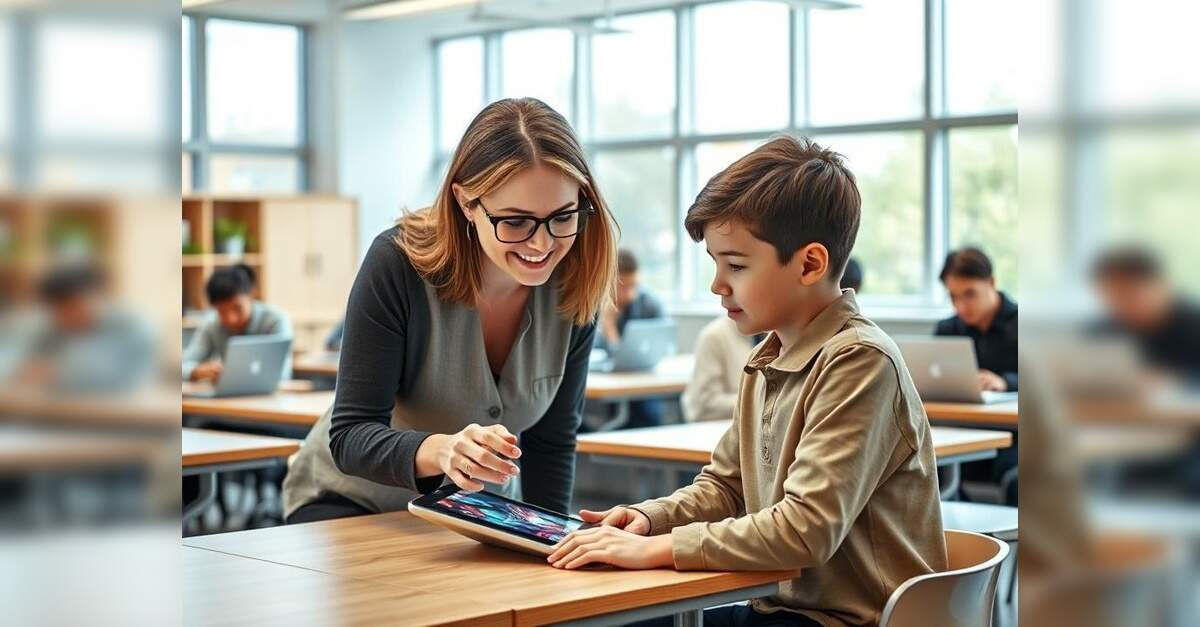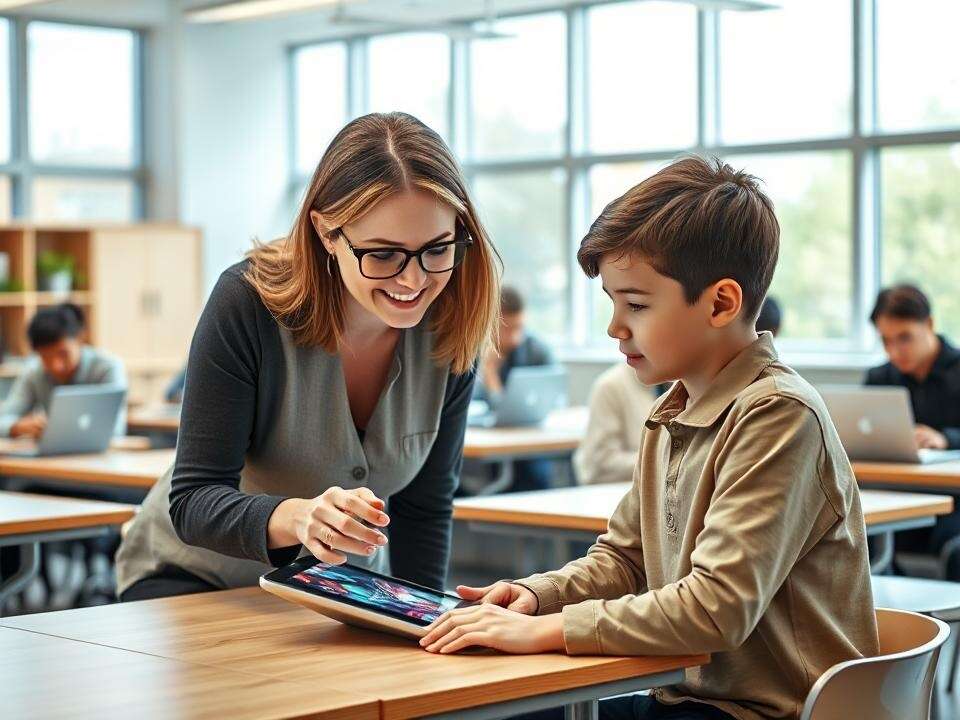
Why the future of learning belongs to GenAI and teachers, ETEducation

By Sanjay Fuloria.
Step into any classroom today and you will see a quiet tension unfolding. On one side are students, their curiosity boundless and their devices brimming with answers. On the other side stand teachers, custodians of wisdom who for centuries have guided minds with patience and care. Hovering above both is a new presence—Generative Artificial Intelligence. It is capable of instant explanations, tireless tutoring, and personalized practice. The question many now ask is whether the machine can replace the mentor. The answer, if we listen to the wisdom of educational psychology, is far more nuanced.Nearly a hundred years ago, the Russian psychologist Lev Vygotsky offered a theory that remains strikingly relevant in this age of algorithms. He spoke of the “Zone of Proximal Development,” or ZPD, which lies between what a learner can achieve alone and what they can accomplish only with guidance. In this zone, true learning takes place. Teachers, Vygotsky argued, are essential not because they hold all knowledge, but because they know how to stretch the learner just far enough—challenging without overwhelming, supporting without suffocating. It is here, in this delicate space, that growth becomes possible.In many ways, GenAI has become a companion for the first part of this journey. It allows a student to wrestle with mathematics at midnight, to clarify a historical doubt during a bus ride, or to explore a scientific concept simply because curiosity has struck. The machine answers tirelessly, adapting its explanations to the learner’s level, offering examples until the fog of confusion lifts. It gives every student the feeling of being in control, the satisfaction of being able to learn on their own terms. For independent exploration, it is unparalleled.
Yet, when we imagine education as only a solitary pursuit, the danger emerges. GenAI, for all its sophistication, does not truly know the learner. It cannot always sense when a student is ready for the next challenge, nor can it perceive hesitation in a voice, or the spark of understanding in an eye. It delivers information abundantly, but it cannot always decide which struggle will make a student stronger and which will leave them discouraged. Teachers, by contrast, are attuned to these subtleties. They notice the small silences, the sighs of frustration, the quickening interest that signals readiness. They craft moments where students are stretched to think more deeply, but never left to flounder alone.
What is more, teachers bring something no algorithm can reproduce: humanity. They teach not only facts but also values. They foster dialogue, collaboration, and empathy. They remind students that knowledge is not just about answers but about questions—how we ask them, why they matter, and what responsibilities they carry. In a world where machines can generate endless text, young people need guides who can show them how to sift meaning from noise and truth from persuasion.
The ideal model, therefore, is not a choice between human and machine, but a partnership of both. Imagine a student beginning her day exploring a complex idea with the help of GenAI, gaining confidence in the basics and experimenting with possibilities. Later, she enters the classroom where her teacher takes her further, asking the hard questions, probing her reasoning, challenging her to apply her knowledge in new contexts. The independence fostered by the machine is deepened by the insight provided by the teacher. One offers breadth, the other depth. One empowers exploration, the other ensures direction.
This combination of independence and guidance is the true promise of modern learning. It allows students to make the most of technology’s vast resources while never losing sight of the human touch that nurtures curiosity, resilience, and wisdom. Vygotsky’s century-old insight—that learning flourishes at the edge of possibility, with the help of a guide—finds new life in this era of artificial intelligence. The machine can take learners to that edge; the teacher can help them cross it.
The debate about whether AI will replace teachers misses the point entirely. Education is not a contest of supremacy between silicon and flesh. It is, instead, a conversation—between independence and support, between information and wisdom, between the speed of machines and the patience of human beings. The classrooms of tomorrow will not banish teachers, nor will they sideline technology. They will weave the two together into a richer fabric of learning.
If we are serious about preparing the next generation for a complex and unpredictable world, then we must accept that both GenAI and teachers are indispensable. Alone, each is powerful. Together, they can ensure that our students do not merely accumulate knowledge, but grow into thoughtful, capable, and compassionate citizens.
The author Sanjay Fuloria is the Professor and Director in the Center for Distance and Online Education at ICFAI Foundation for Higher Education, Hyderabad.
DISCLAIMER: The views expressed are solely of the author and ETEDUCATION does not necessarily subscribe to it. ETEDUCATION will not be responsible for any damage caused to any person or organisation directly or indirectly.
Source link



